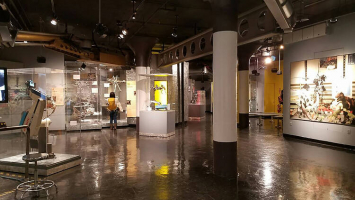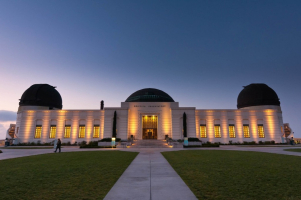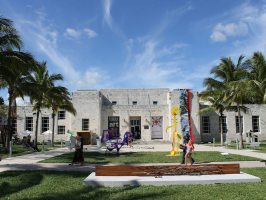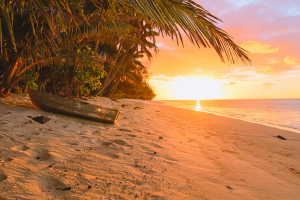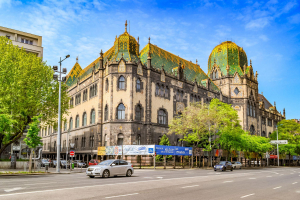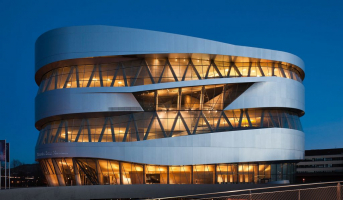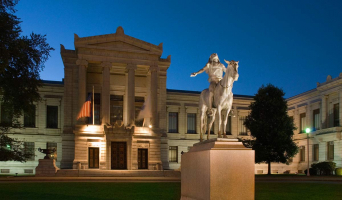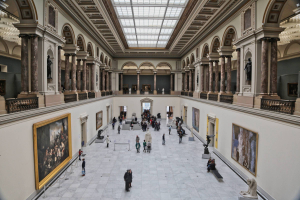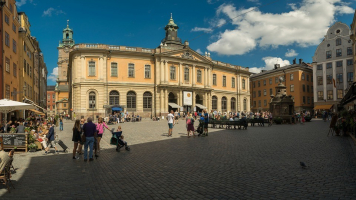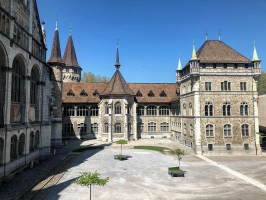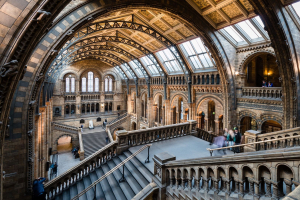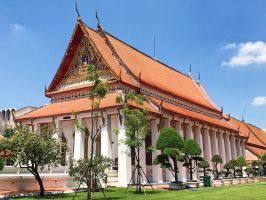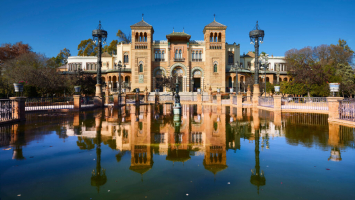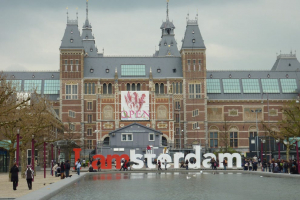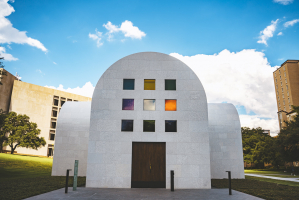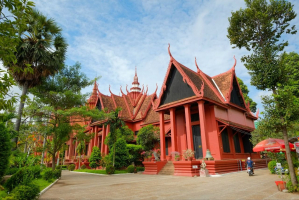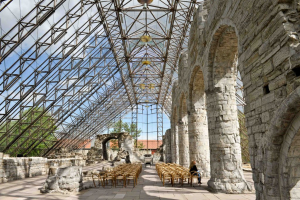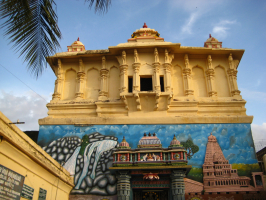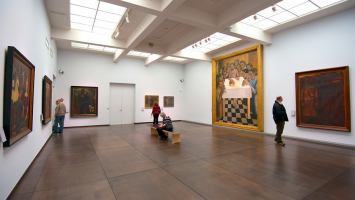Top 10 Best Museums to Visit in Australia
Australia is a sovereign country with a long history. It is formally known as the Commonwealth of Australia. So, if you ever want to learn more about ... read more...Australia's cultural, scientific, artistic, or historical features, the greatest thing you can do is go to one of its museums. The museums will assist you in gaining a thorough grasp of Australian culture as well as the country's achievements over time. This article will provide you with all of the information you need to visit Australia's greatest museums and expand your knowledge.
-
The Melbourne Museum is a natural and cultural history museum in Melbourne, Australia's Carlton Gardens. The museum, which is next to the Royal Exhibition Building, opened in 2000 as an initiative of the Victorian government on behalf of Museums Victoria, which manages the site. In 2011, the museum received the Australian Tourism Awards for Best Tourist Attraction.
In addition to its galleries, the museum includes Curious?, a location to meet staff and get answers about Museums Victoria's collections, research, and behind-the-scenes activity, as well as a cafe and a gift shop. Some of Victoria's State Collections are housed in the back-of-house area, which contains over 17 million items relating to Indigenous Australian and Pacific Islander cultures, geology, historical studies, paleontology, technology and society, and zoology, as well as a library collection of 18th and 19th-century scientific monographs and serials. The museum complex also has the world's biggest IMAX theatre screen, which shows movies and documentaries in large-screen 3-D format.
Location: 11 Nicholson St, Melbourne, VIC 3053
Website: museumsvictoria.com.au/melbournemuseum
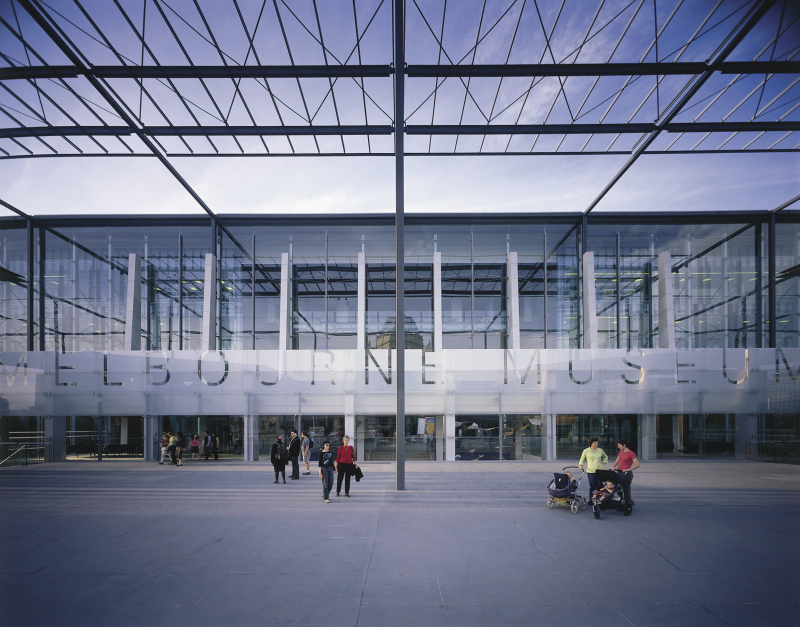
Melbourne Museum 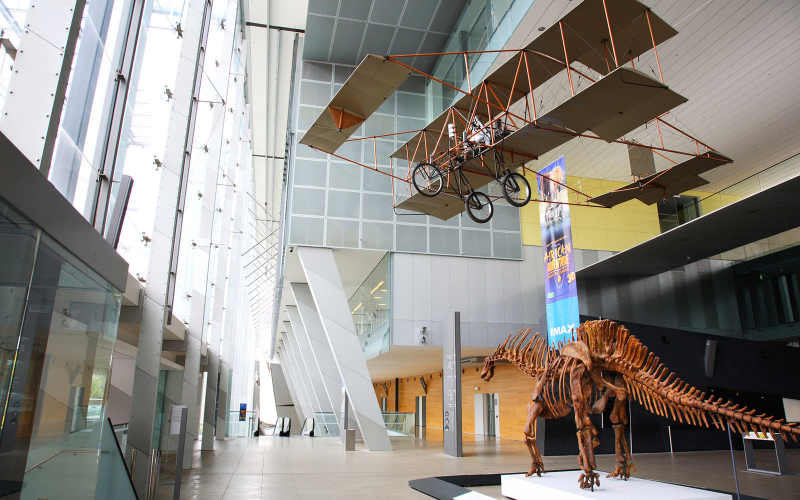
Melbourne Museum -
The National Museum of Australia, in Canberra, preserves and interprets Australia's social history by examining the major problems, people, and events that have influenced the country. The National Museum of Australia Act of 1980 legally founded it. The museum didn't have a permanent home until March 11, 2001, when a purpose-built museum building opened its doors.
The museum covers 50,000 years of Indigenous history, colonization since 1788, and significant events such as the Federation and the Sydney 2000 Olympic Games. The world's biggest collection of Aboriginal bark drawings and stone tools, as well as the heart of champion racehorse Phar Lap and the Holden prototype No. 1 automobile, are all on display at the museum. The museum also creates and travels exhibitions on a variety of topics, including bushrangers and surf lifesaving. The National Museum of Australia Press is a publisher of books, catalogs, and journals. The Research Centre of the museum offers a multidisciplinary approach to history, ensuring that the museum is a vibrant venue for ideas and discussion about Australia's past, present, and future.
Location: Lawson Cres, Canberra, ACT 2601
Website: nma.gov.au
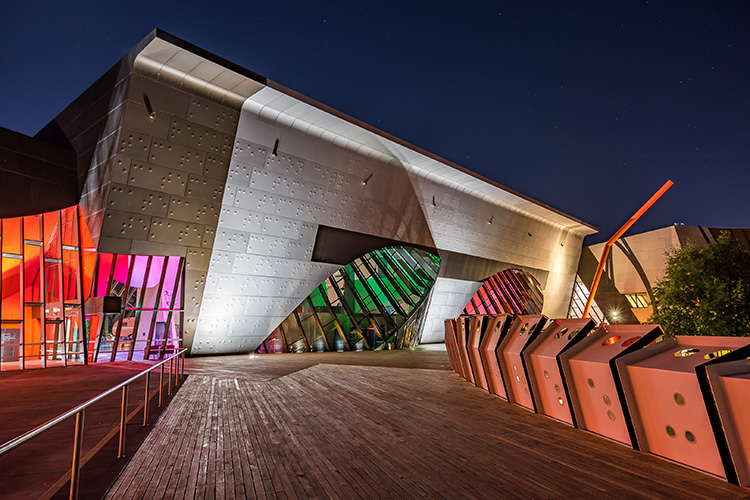
National Museum of Australia 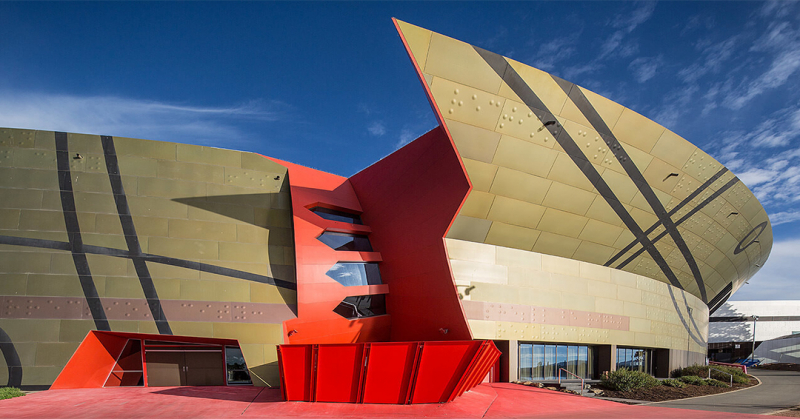
National Museum of Australia -
The Australian Museum is a heritage-listed museum located at 1 William Street in Sydney's central business area. It is Australia's oldest museum and the world's fifth oldest natural history museum, having a worldwide reputation in natural history and anthropology. It was founded on the modern European model of an encyclopedic warehouse of cultural and natural history, including collections of vertebrate and invertebrate zoology, geology, paleontology, and anthropology.
The museum is also interested in Indigenous studies research and community initiatives in addition to displays. The museum's first goal was collecting, and specimens were often swapped with British and other European institutions. The museum's scientific reputation was created during the curatorship of Gerard Krefft, a published scientist himself. The Colonial Museum or Sydney Museum was formerly located at the junction of William Street and College Street in the Sydney central business district, in the City of Sydney local government region of New South Wales.
Location: 1 William St, Sydney, NSW 2010
Website: australian.museum
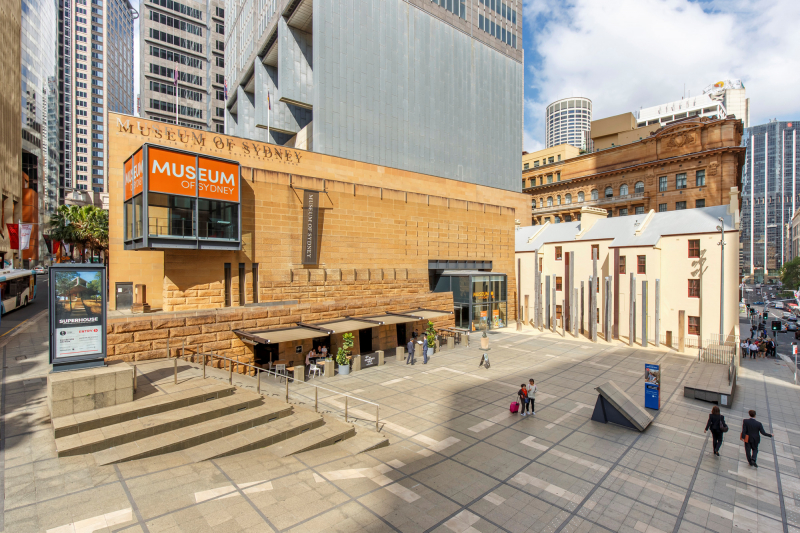
Australian Museum 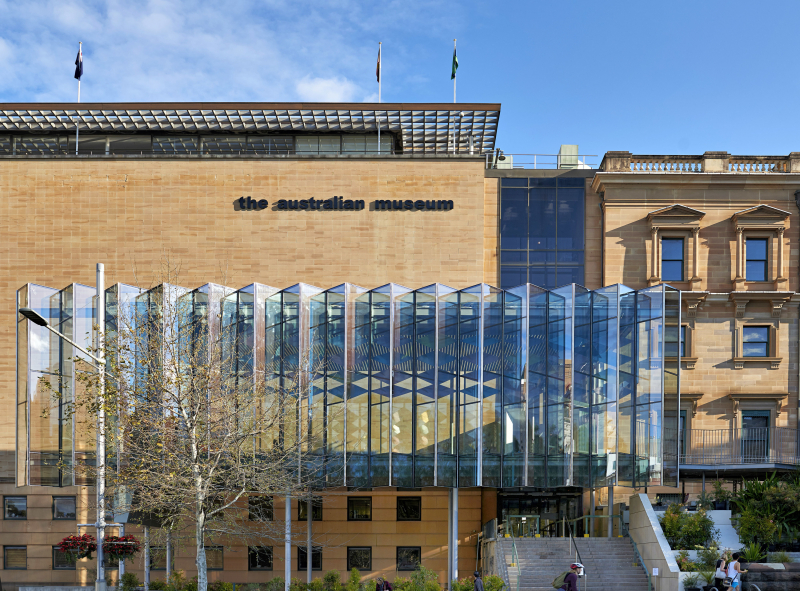
Australian Museum -
In Darling Harbour, Sydney, the Australian National Maritime Museum (ANMM) is a federally run maritime museum. The federal government stated that a national maritime museum would be built in Darling Harbour as part of the New South Wales state government's renovation of the region for the Australian bicentennial in 1988, after considering the concept. The museum building was designed by Philip Cox, and despite an anticipated launch date of 1988, construction delays, cost overruns, and financial issues between the state and federal governments pushed the opening date back to 1991.
The ANMM is the only museum outside of the Australian Capital Territory that is directly managed by the federal government. The museum is divided into seven main galleries, each focusing on a different aspect of Australia's discovery, such as the relationship between Australian Aborigines and water, sea travel to Australia, the ocean as a resource, water-based relaxation and entertainment, the nation's naval defense, and the relationship between the US and Australia. The last gallery was sponsored by the United States government, making it the world's sole foreign-supported national museum gallery.
Location: 2 Murray St, Sydney, New South Wales 2024, Australia
Website: sea.museum
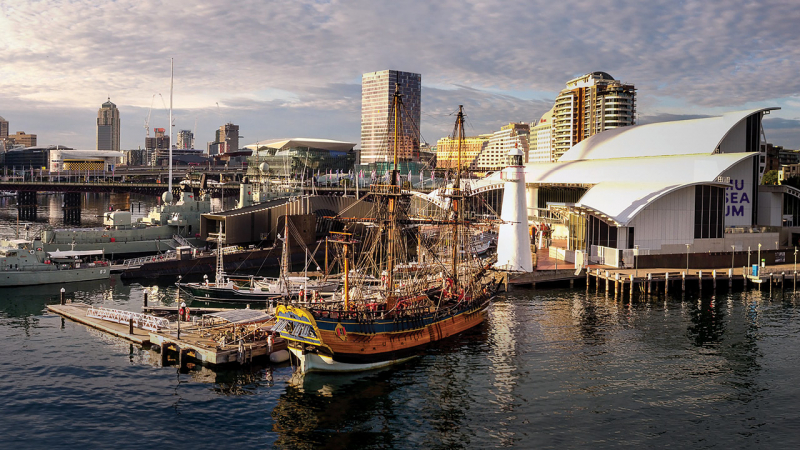
Australian National Maritime Museum 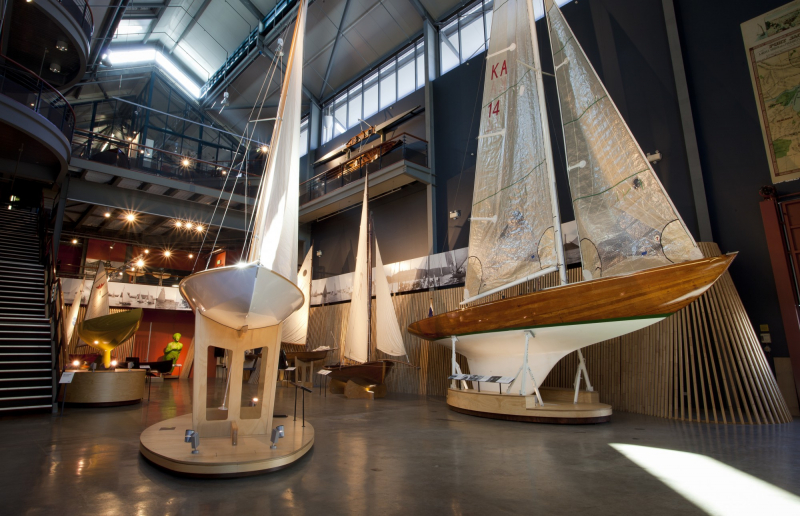
Australian National Maritime Museum -
The Queensland Museum is a state museum dedicated to natural history, cultural heritage, science, and human accomplishment in Queensland. The museum's headquarters and general museum are presently located in South Brisbane, with specialty museums in North Ipswich in Ipswich, East Toowoomba in Toowoomba, and Townsville City in Townsville. The Queensland government funds the museum.
The Queensland Museum introduces visitors to Queensland, its people, and its past, present, and future tales. Traveling shows from Australia and around the world, as well as fascinating exhibitions revealing Queensland's story, including its incredible prehistoric past, the cultures of Queensland's Aboriginal Peoples and Torres Strait Islanders, and exhibitions revealing Queensland's unique biodiversity, are among the most popular exhibitions. In the disciplines of biodiversity, geology, and cultural history, the museum is also a world-class research site. SparkLab is located at the Queensland Museum and offers hands-on, interactive activities for both kids and adults that highlight the science behind our daily lives.
Location: Grey St & Melbourne St, Brisbane, QLD 4101, Australia
Website: qm.qld.gov.au
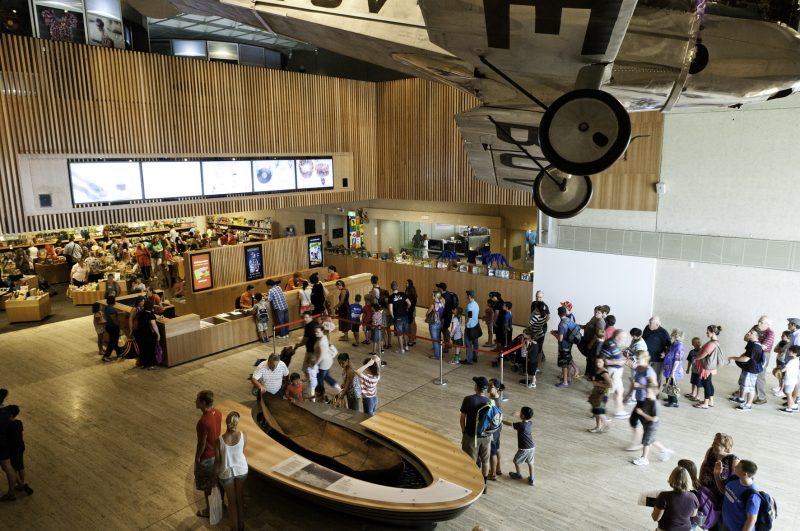
Queensland Museum 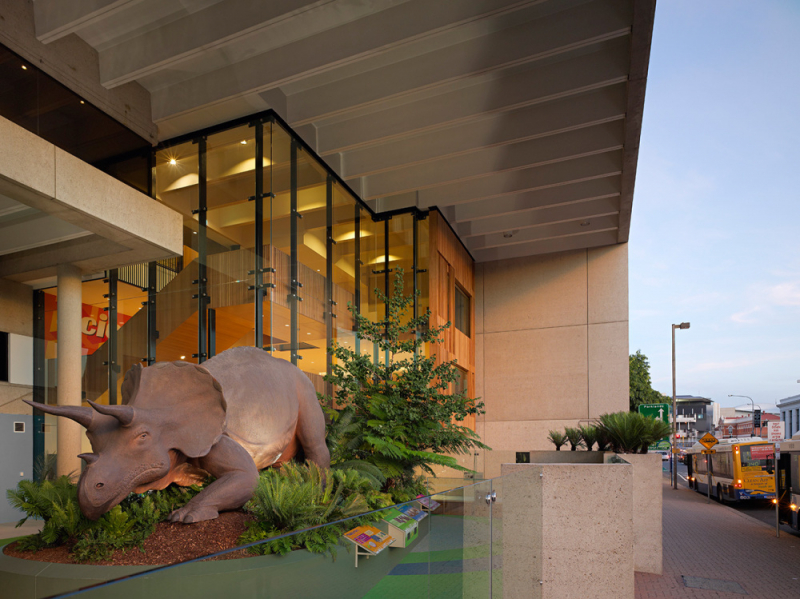
Queensland Museum -
The Museum of Applied Arts and Sciences (MAAS) in Sydney has three branches: the ancient Sydney Observatory at Observatory Hill, and the contemporary Museums Discovery Centre at Castle Hill. The Powerhouse, despite its reputation as a scientific museum, contains a wide collection that includes ornamental arts, science, communication, transportation, costume, furniture, media, computer technology, space technology, and steam engines.
The Technological, Industrial, and Sanitary Museum of New South Wales (1879–1882) and the Technological Museum (August 1893–March 1988) have been the names of the museum for almost 125 years. As of 2022, the collection contains over 500,000 objects gathered over the previous 135 years, many of which are displayed or housed at the site it has called home since 1988 – a converted electric tram power station in the Inner West suburb of Ultimo, which was built in 1902 and is a well-known and popular Sydney tourist destination. The Federation-style structure is classified on the State Heritage Register of New South Wales.
Location: 500 Harris St, Sydney, NSW 2007, Australia
Website: maas.museum/powerhouse-muse
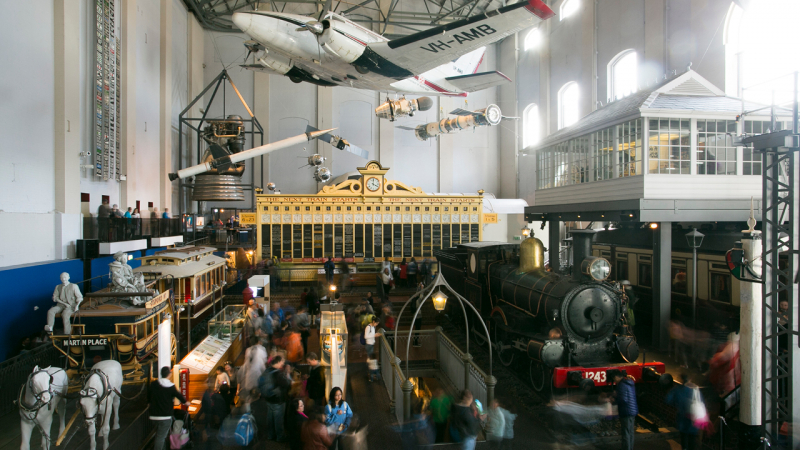
Powerhouse Museum 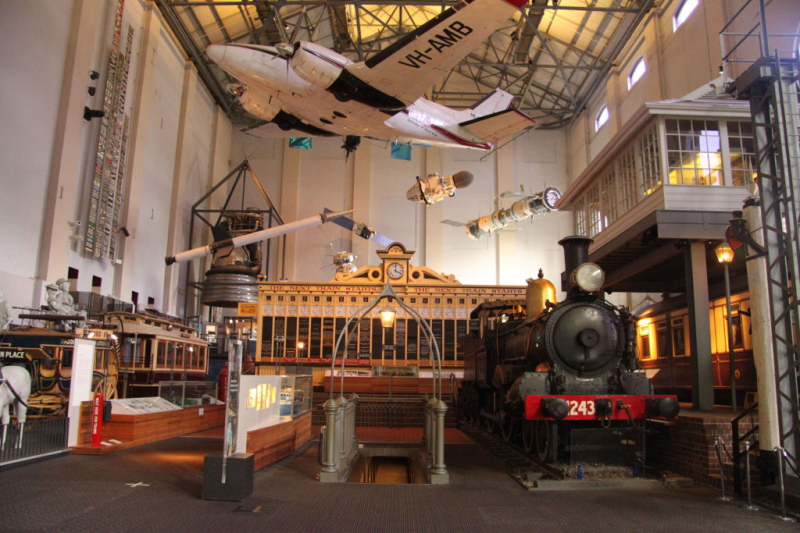
Powerhouse Museum -
The Australian Sports Museum (previously the National Sports Museum) is a museum dedicated to Australian sports in Melbourne, Australia. It is housed within the Melbourne Cricket Ground. Cricket, Australian rules football, the Summer and Winter Olympic Games, tennis, rugby league, rugby union, soccer, basketball, boxing, and netball all have displays. The Australian Sports Hall of Fame, as well as the Australian Racing Museum and the Melbourne Cricket Club Museum, are all housed within the museum.
The adjacent MCC Museum houses a display of the Melbourne Cricket Club's history. The Australian Racing Museum was integrated into the Australian Sports Museum on October 6, 2010, putting horse racing on par with other important Australian sports. The museum, which was previously known as the National Sports Museum, closed in August 2019 for a $17.1 million reconstruction ($5 million of which came from the state government). It will reopen (under a different name) in February 2020. The adjacent MCC Museum houses a display of the Melbourne Cricket Club's history.
Location: Brunton Ave, Melbourne, VIC 3002, Australia
Website: nationalsportsmuseum.org
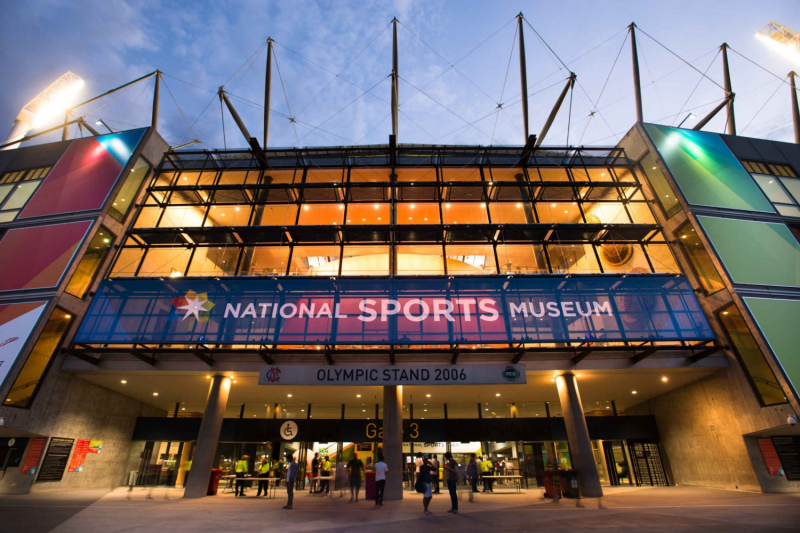
National Sports Museum 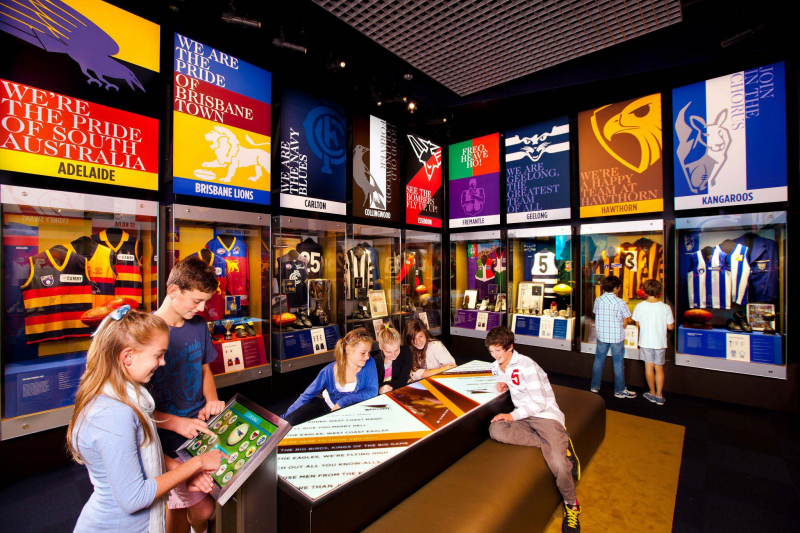
National Sports Museum -
The Australian War Memorial honors soldiers of Australia's armed forces and associated organizations who have died or served in conflicts involving the Commonwealth of Australia, as well as certain conflicts involving people from Australian colonies previous to the Federation. The memorial, first opened in 1941, features a large national military museum. The memorial sits in the Campbell area of Australia's capital, Canberra. The Australian War Memorial is located at the northern end of the city's ceremonial land axis, which runs from Parliament House on Capital Hill to the northeast, passing through the summit of the cone-shaped Mount Ainslie.
The Australian War Memorial is divided into three sections: the Commemorative Area (shrine), which includes the Hall of Memory and the Tomb of the Unknown Australian Soldier, as well as the Memorial's galleries (museum) and the Research Centre (records). There is also an outdoor Sculpture Garden at the Memorial. The Memorial is open every day from 10 a.m. to 5 p.m., except on Christmas Day. The National Capital Authority (NCA) maintains several monuments and memorials on the Anzac Parade that are not part of the Australian War Memorial.
Location: Treloar Cres, Canberra, Australia
Website: awm.gov.au
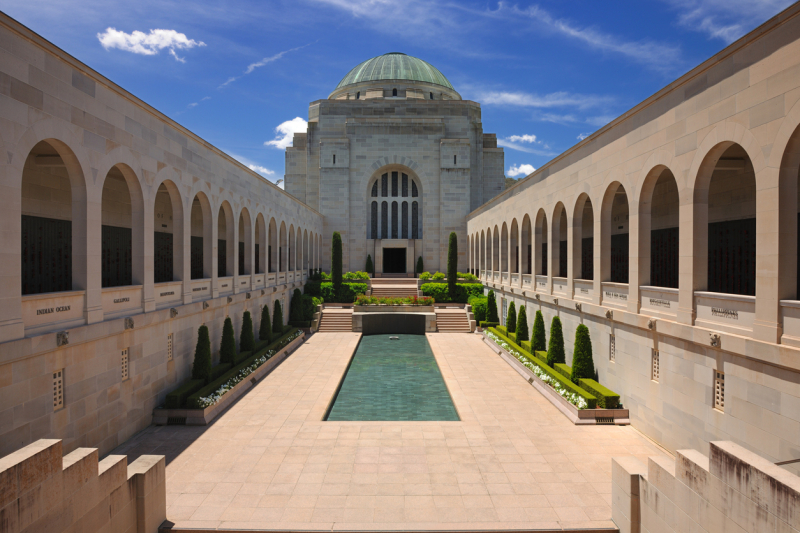
Australian War Memorial 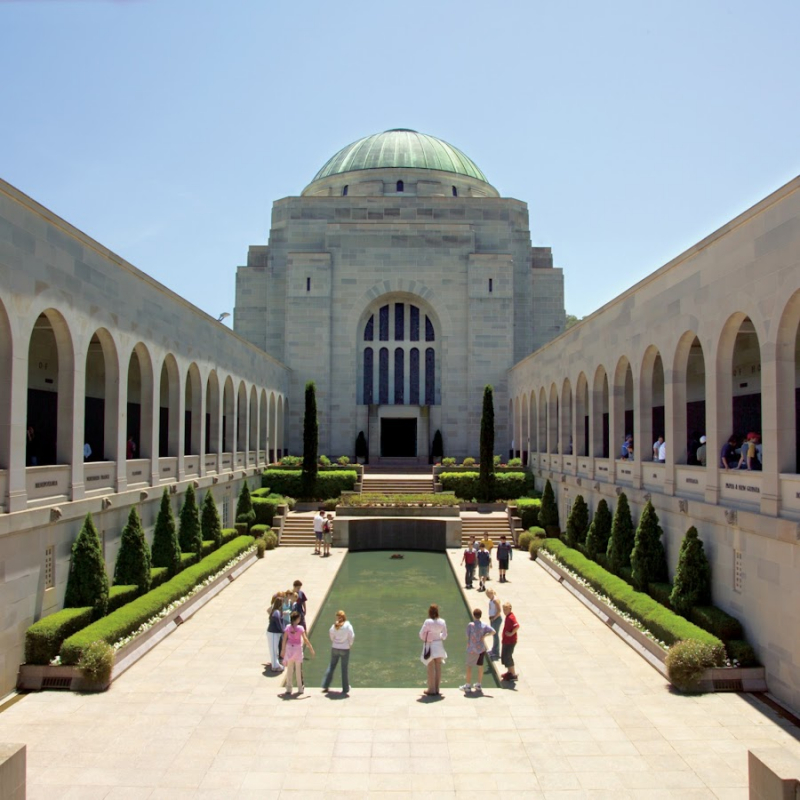
Australian War Memorial -
This Australian museum is absolutely unbelievable. Is this the Australian equivalent of Jurassic Park? That's something we'd support. The Australian Age Of Dinosaurs is a natural history museum in the small Queensland town of Corfield (population: 183). It has Australia's biggest dinosaur specimens. If you want to completely immerse yourself in all things country, you can stay on-site at this museum in cabin-style housing, which is based on what used to be a sheep station. You may also assist with anything from excavating to preparing dinosaur fossils for exhibition.
The AAOD Museum is located on top of 'The Jump-Up', a massive mesa 24 kilometers south of Winton and 600 kilometers south of Townsville. Visitors coming from Longreach should travel northwest approximately 164 kilometers on the Landsborough route before turning left into Dinosaur Drive. The Museum is 11 kilometers off the motorway on a sealed road. Caravans can be pulled to the top of the Jump-Up, although tourists towing a caravan with a tiny 2WD vehicle will find an unhitching place at the base of the mesa.
The AAOD Museum is being built in three sections, each of which takes up a different portion of the Jump-Up. Stage 1, which contains a temporary fossil processing facility, two staff cottages, and volunteer accommodations, is now complete, as is Stage 2, which includes the AAOD Museum's Reception Centre and a public parking lot. The concept planning phase for Stage 3, which will house the AAOD Museum of Natural History, is already complete, and work on the outdoor galleries has begun. The building of the AAOD Museum of Natural History has yet to be financed.
Location: Lot 1 Dinosaur Dr, Winton, Queensland 4733, Australia
Website: australianageofdinosaurs.com
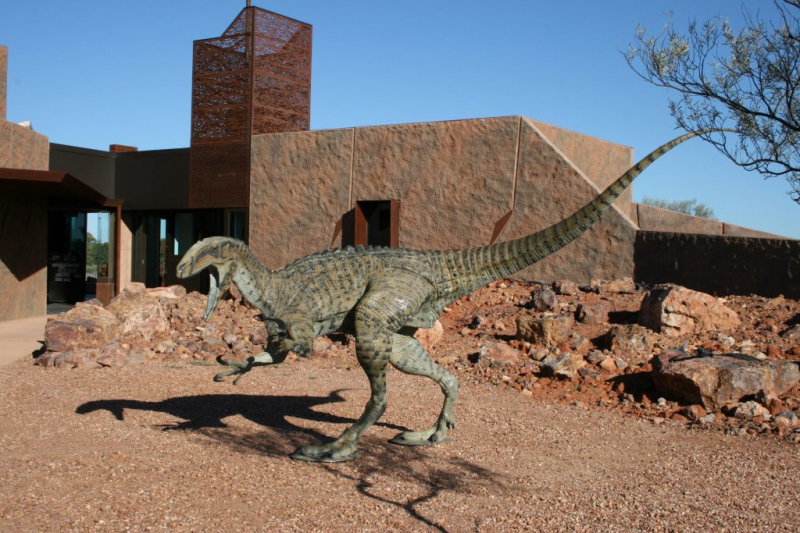
Australian Age Of Dinosaurs 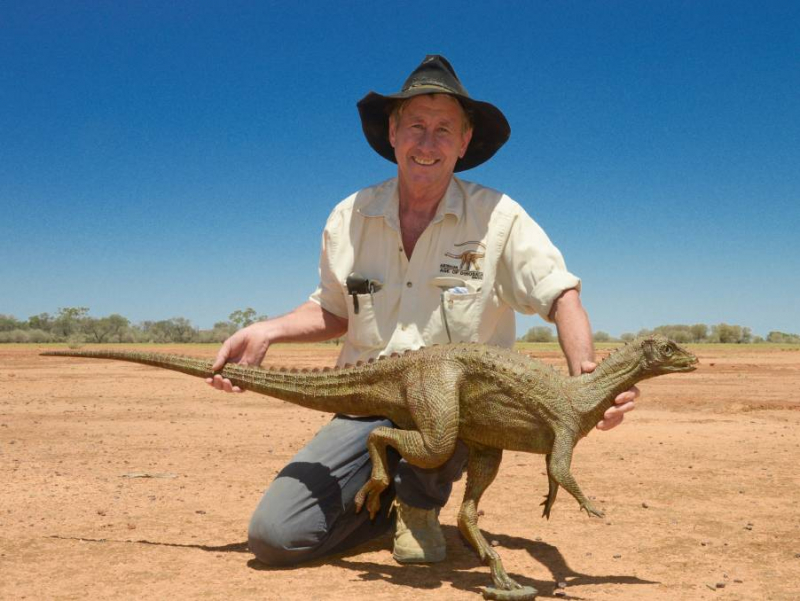
Australian Age Of Dinosaurs -
"Boola Bardip" is a Whadjuk Nyoongar term that means "many stories", and that's precisely what you'll find at this Western Australian museum. This one has recently reopened after a $400 million makeover and has gracefully quadrupled in size with eight new permanent galleries, a store, a cafe, and a 1000 square meter area for temporary exhibitions. The museum is committed to presenting Western Australian tales and history.
The Museum Act 1969 created the Western Australian Museum as a legislative entity within the Culture and the Arts Portfolio. The museum is divided into six sections. The state museum, currently called WA Museum Boola Bardip, reopened at the Perth Cultural Centre on November 21, 2020. The WA Maritime Museum and WA Shipwrecks Museum are located in Fremantle, the Museum of the Great Southern is located in Albany, the Museum of Geraldton is located in Geraldton, and the Museum of the Goldfields is located in Kalgoorlie-Boulder.
Location: James St, Perth, Western Australia 6000
Website: museum.wa.gov.au
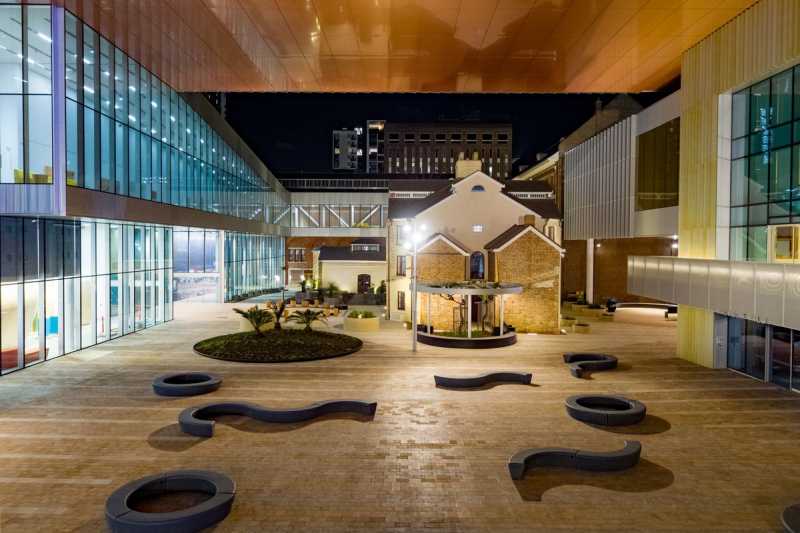
WA Museum Boola Bardip 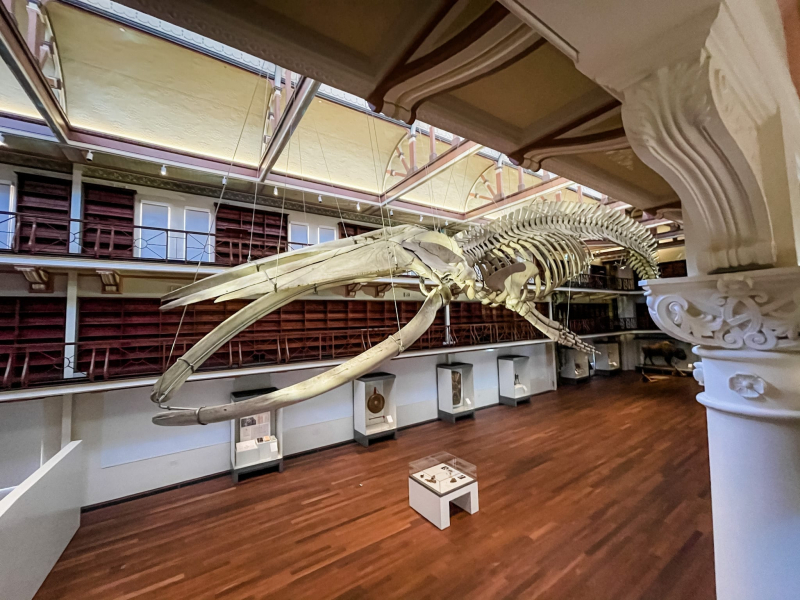
WA Museum Boola Bardip












